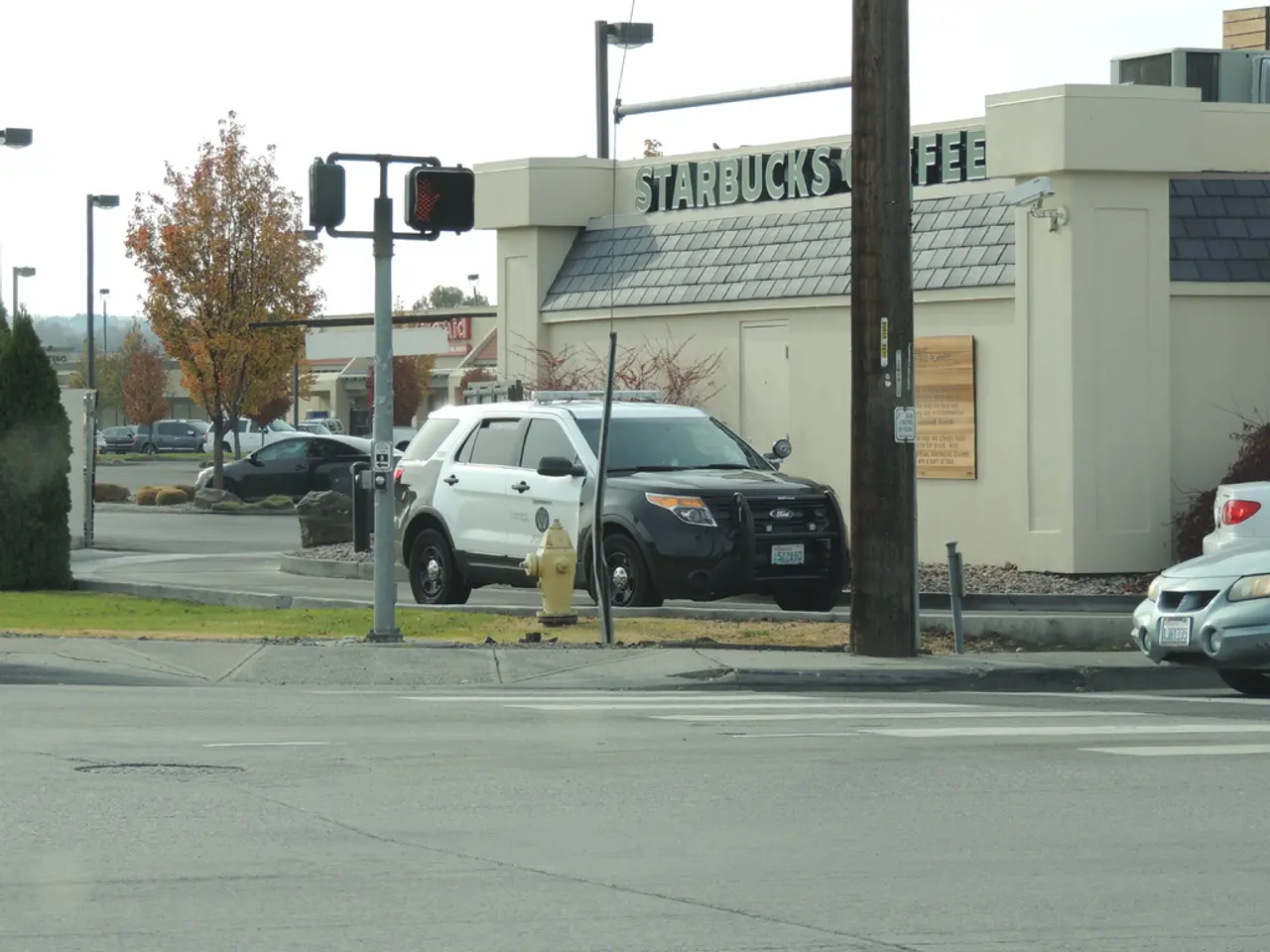Examining the Inner Workings of the Sixth-Generation Waymo Autonomous Driving System
Waymo Unveils Sixth-Generation Autonomous Driving Sensor Suite
In a significant stride towards autonomy, Alphabet Inc.'s subsidiary Waymo has announced the launch of its sixth-generation autonomous driving sensor suite, the Waymo Driver. The co-CEO of Waymo, Tekedra Mawakana, made this announcement on the social media platform X.
The new driver offers an overlapping 360-degree field of view of the environment, with the ability to identify objects up to 500 meters away, even in darkness or poor weather conditions. This advanced technology is made possible through the use of high-resolution maps, cameras, lidar, and radar, which work together to monitor the environment and safely navigate autonomously.
Waymo has been collecting data from its vehicles to advance its autonomous driving technology, and this latest version is no exception. The company has amassed over 20 million miles of real-world driving data and 20 billion miles in simulation. The sixth-generation Waymo Driver has completed thousands of miles of real-world testing and millions more miles in computer simulation.
However, the road to this latest innovation has not been without its challenges. In June, Waymo recalled 672 vehicles due to a potential failure of the Waymo Driver to avoid poles or similar objects in its fifth-generation system. The software versions involved in the recall have since been updated.
The sixth-generation Waymo Driver is designed to ensure safe operation in all weather conditions, using knowledge gained from testing in 13 states across the U.S. It includes 13 cameras, four lidars, six radar units, and an array of external audio receivers. Advancements in sensor technology combined with their strategic placement on the vehicle allowed Waymo to reduce the number of total sensors in its latest version.
Waymo is currently offering driverless rides to paying passengers in San Francisco, and plans to expand this service to other major cities, competing with Uber and GM’s Cruise. The sixth-generation Waymo Driver has been designed to offer a significantly reduced cost without compromising safety. As of August 20, Waymo is providing 100,000 paid rides per week.
Tesla also takes a similar approach, continuously collecting data from its vehicles to advance Full-Self Driving and Autopilot. This competition in the autonomous driving sector is expected to drive innovation and safety improvements, benefiting consumers in the long run.
Read also:
- Tata Motors Establishes 25,000 Electric Vehicle Charging Stations Nationwide in India
- Tesla's Nevada workforce has escalated to a daily output of 1,000 Powerwall units.
- AI-Enhanced Battery-Swapping Station in Southeast Asia Officially Opens Its Doors
- Honda unveils blueprint for design, advanced driver assistance systems, electric vehicles, fuel efficiency, and technology development








